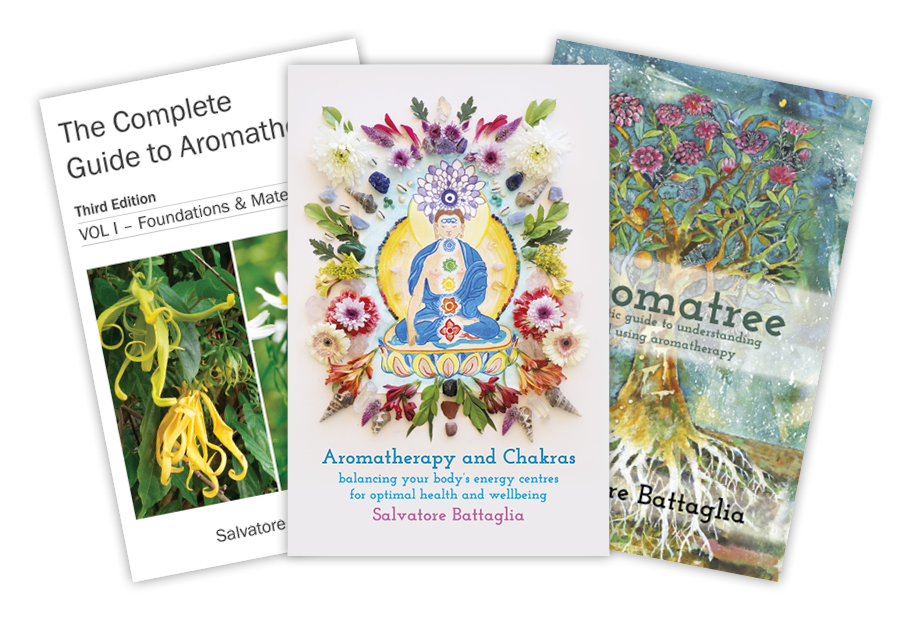Believe it or not, this was the title of an article in a recent New Scientist magazine.1
This sounds like it was straight from Ripley’s believe it or not!
However, it was based on a paper published in the Journal of Investigative Dermatology which examined the role of olfactory receptors that have been identified in human keratinocytes.2
We now know that the expression of olfactory receptors (ORs) are not restricted to the nasal epithelium, but also occurs in various human tissues. An increasing number of studies have described physiological roles for ecotopically expressed ORs in various cells in the body such as spermatozoa, prostate epithelial and the cells of the gut epithelium.2,3
It is interesting that the term ‘ecotopically’ is used as it suggests that the olfactory receptors are abnormally located. However, could it be that we simply do not understand their purpose or function? Could it be that they play a very biological important role that we are not aware of?
ORs that have been identified in human keratinocytes indicate that they may be involved in human keratinocyte re-epithelialisation during the wound-healing process. One particular study found that sandalore, a synthetic sandalwood odorant, activated wound-healing response.3
The researchers stated that the essential oil obtained from Santalum album is quite rare and expensive substance. Hence, I am assuming this is why the study was not conducted using pure sandalwood oil. We also know that researchers are not fond of using compounds such as essential oils which are chemically complex as it is difficult to identify the essential oil component that is responsible for the activity.
This was an invitro study using skin organ culture – it shows that olfactory receptors OR 2AT4 which are expressed in human primary keratinocytes are activated by odorants that can trigger wound-healing response. The researchers claim that cell proliferation increased by 32 percent when keratinocytes invitro were mixed for five days with sandalore.3
In traditional aromatherapy practice many essential oils including sandalwood have been recommended for their ability to heal the skin. We are now beginning to understand that the wound healing mechanisms may be far more complex than we originally believed and that topical application of essential oils may facilitate the wound healing mechanisms via olfactory neurons that have been identified on the skin.
The research into human ORs located in different tissue throughout the body gets even more exciting.
Researchers stated that OR51E2, also named prostate-specific G-protein-coupled receptor (PSGR) was involved in the inhibition of prostate cancer cells. It has been suggested that PSGR may play an important role in early prostate cancer development and progression.4
The researchers identified β-ionone as a specific inhibitor of the PSGR receptor. β-ionone has the characteristic odour of violets. It is an isoprenoid found in plants and essential oils. Generally, isoprenoids have been implicated in cancer growth and development through inhibition of hydroxymethylglutaryl-Co-A (HMG-Co-A) reductase activity. The authors of this study suggest that the isoprenoids β-ionone and geraniol have been shown to inhibit mammary carcinogenesis by a so far unknown mechanism that is not causally related to HMG-Co-A reductase activity. They suggest that the identification of a β-ionone responsive OR in prostate epithelial cells opens the door to understanding how β-ionone and other isoprenoids can influence the growth of tumour cells.4
Recent studies suggest that ORs are expressed in tissues other than the olfactory epithelium suggesting that they may have pleiotropic roles (This is the phenomenon of one gene affecting more than one phenotypic characteristic). Another study stated that the OR2C3 is exclusively expressed in melanoma lines. They confirmed that the expression of the OR2C3 in human melanoma, but not in normal melanocytes.5
Studies have also reported that some ORs can be a tumour marker, one of them modifying in vitro the proliferation of prostate cancer cells.6
OR activation has been demonstrated to have an influence on cancer cell growth and progression. Another study identified OR, OR51B4, which is highly expressed in the colon cancer cell line HCT116. The researchers identified Troenan as an effective ligand. (Tronean, also known as privet dioxane, is a synthetic odorant used in perfumery to impart a fresh, green and slightly floral aroma). Troenan stimulation of HCT116 cells had anti-proliferative, anti-migratory and pro-apoptotic effects. The researchers stated that their study emphasises the importance of ecotopically expressed ORs in the therapy for several diseases and provides the basis for alternative treatments of colorectal cancer.7
Another study examined the OR expression profiles of several different carcinoma tissues, with a focus on breast cancer. The expression of OR2B6 was detected in breast carcinoma tissues. OR2B6 were detected in over 80% of all breast carcinoma tissue analysed. Interestingly, there was no expression of OR2B6 observed in healthy tissue. The authors suggested that the detection of OR2B6 was a potential biomarker for breast carcinoma tissues.8
We are only beginning to scratch the surface of the true role of olfactory receptors. Not only are they involved in olfactory sensory detection, but, we are now beginning to understand that they are involved in many physiological functions and may become the basis for early detection and treatments of cancer.
I have no doubt that the future of healing and medicine lies within understanding the role of these olfactory receptors.
References
- Roeher B. Skin’s ability to ‘smell’ seems to help heal itself. Retrieved April 2, 2018, from https://www.newscientist.com/article/dn25865-skins-ability-to-smell-seems-to-help-it-heal-itself/
- Busse D et al. A synthetic sandalwood odorant induces wound-healing processes in human keratinocytes via the olfactory receptor OR2AT4. The Society for Investigative Dermatology, 2014;134:2823-2832; doi:10.1038/jid.2014.273.
- Reimann F, Tolhurst G, Gribble FM. G-protein-coupled receptors in intestinal chemosensation. Cell Metabolism, 2012; 15:421-431. DOI 10.1016/j.cmet.2011.12.019
- Neuhaus E et al. Activation of an olfactory receptor inhibits proliferation of prostate cancer cells. The Journal of Biological Chemistry. 2009;284(24):15218-16225.
- Ranzani M et al. Revisiting olfactory receptors as putative drivers of cancer. Wellcome Open Research, 2017;2:9. doi:10.12688/wellcomeopenres.10646.1.
- Sanz G et al. Promotion of cancer cell invasiveness and metastasis emergence caused by olfactory receptor stimulation. PLoS ONE 2014;9(1): e85110. doi:10.1371/journal.pone.0085110.
- Weber L et al. Activation of odorant receptor in colorectal cancer cells leads to inhibition of cell proliferation and apoptosis. PLoS ONE, 2017;12(3):e0172491, doi:10.1371/journal.pone.0172491.
- Weber L et al. Olfactory receptors as biomarkers in human breast tissue carcinoma tissues. Frontiers in Oncology, 2018; 8:33. doi:10.3389/fonc.2018.00033.


